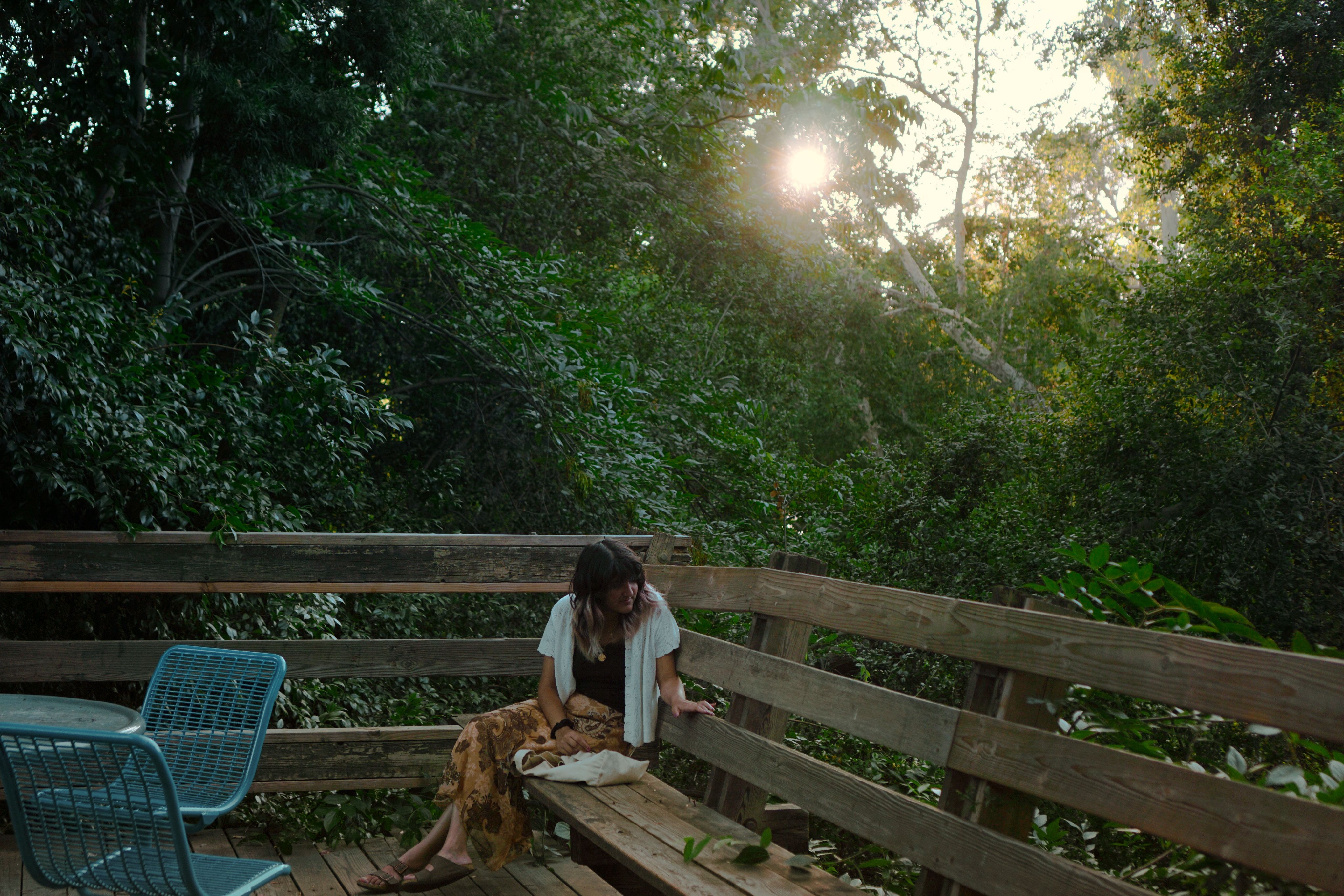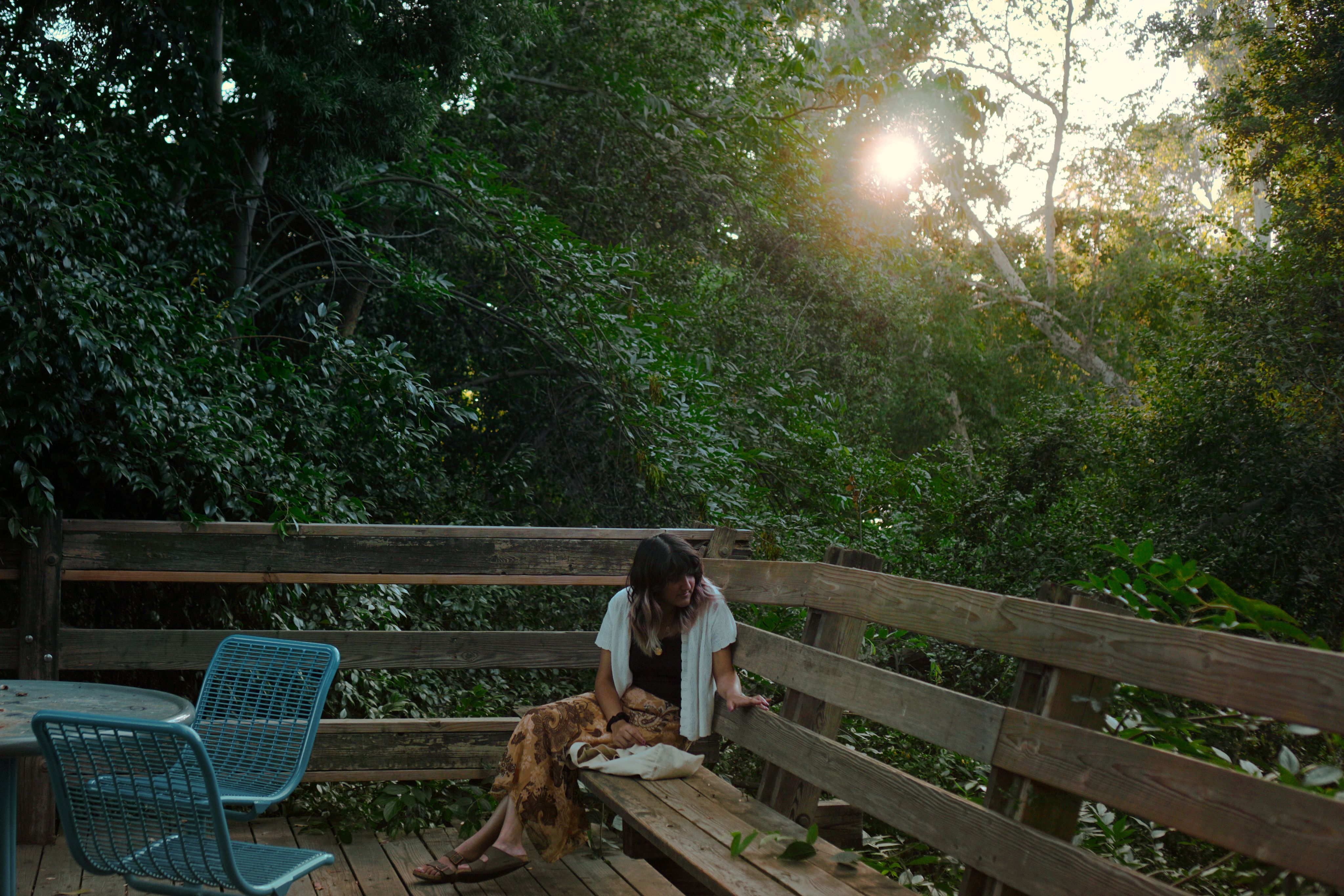a new kind of love
a new kind of love
a new kind of love
a new kind of love
a new kind of love
as explored through stereographs
¹ This project was an interesting one, and honestly, I had no idea what the final product was going to look like until it was finished. This is usually how most of my creations go, regardless of whether they’re pieces for a class or personal projects that represent me in a particular way. In this case, this ended up being both. Originally, I wanted to create a zine of some sort and combine my passion for digital art, photo manipulation, and photography; sort of like a mixed-media amalgamation of ideas, but it seemed too directionless. With such an ambitious idea, there were too many materials, too many possibilities, and probably too much freedom given by the prompt. For a moment, I considered using Google’s Tilt Brush since I own an Oculus Quest 2, but after thinking about it logistically, there is absolutely no way any of my painting-sculpture hybrids would have turned out well in the slightest.
² Photography is my failsafe when feeling trapped by the lack of options or feeling overwhelmed with the sheer creative freedom I’ve been given, along with videography/cinematography – but I wasn’t planning on directing and producing a mini short-film in such a small amount of time. Given my dad lent me his old camera when I was only thirteen and I haven’t put it down since, this choice was a no-brainer. Upon deciding my medium, I remembered our brief introduction to the stereoscope and its unique presentation style for photographs. I liked that; it was something unconventional, a bit dated, but still fun to interact with for the viewer. At first, I wanted to recreate the contemporary version of stereographs, which is a concept referred to on the internet (Web 2.0, if you will) with numerous different names, such as “stereoscopic photography,” “3D photography,” but ironically almost never “stereography.” Today, there exist tens of different camera models that do the job just fine, like the Nishika NB8000 and the Nimslo, none of which I have immediate access to. Typically, photographers using this modernized method utilize their captured photos as individual frames, pop them all into Photoshop, and export the animation as a .gif. This was my initial plan, but it clearly didn’t turn out that way. After scrubbing through several YouTube tutorials on recreating the “3D photograph” look using a partially obsolete mirrorless camera manufactured in 2014, I felt ready to begin my project.
³ The day before the shoot, I contacted my friend and asked her to be my model for a class project, informing her that I didn’t have any concrete idea for the theme and gave her no further instruction for preferred clothing, hairstyle, nor general aesthetic. She happily obliged and we met up the next day at the field bordering Aberdeen Dr., across the street from the Material Sciences and Engineering building, where we shot nearly all these photos. Shortly before my arrival to the agreed meet-up location, I watched quietly as several families emerged from the SRC for what I assumed to be a graduation ceremony, given the outpour of students dressed in their graduation gear.
The disparity in emotions collectively expressed by each family stuck with me; some appeared celebratory and ecstatic, some marched along gleaming with pride, and some could only express their overwhelming blend of emotions through tears. A heavy, bittersweet feeling, and certainly one I’ll be experiencing myself when I attend my own graduation ceremony next week. That late afternoon, my friend and I sat in the field, watching four young children shrieking and wrestling with each other as they played with their dogs under their parents’ supervision. Unlike the group of graduates I witnessed just moments prior, these children were carefree, full of youth, and recently dismissed from school for the summer. These two separate events ultimately serve as direct inspiration for my final project, as I realized I wanted to explore the tangibility of memories and semisweet feeling of the early twenties.
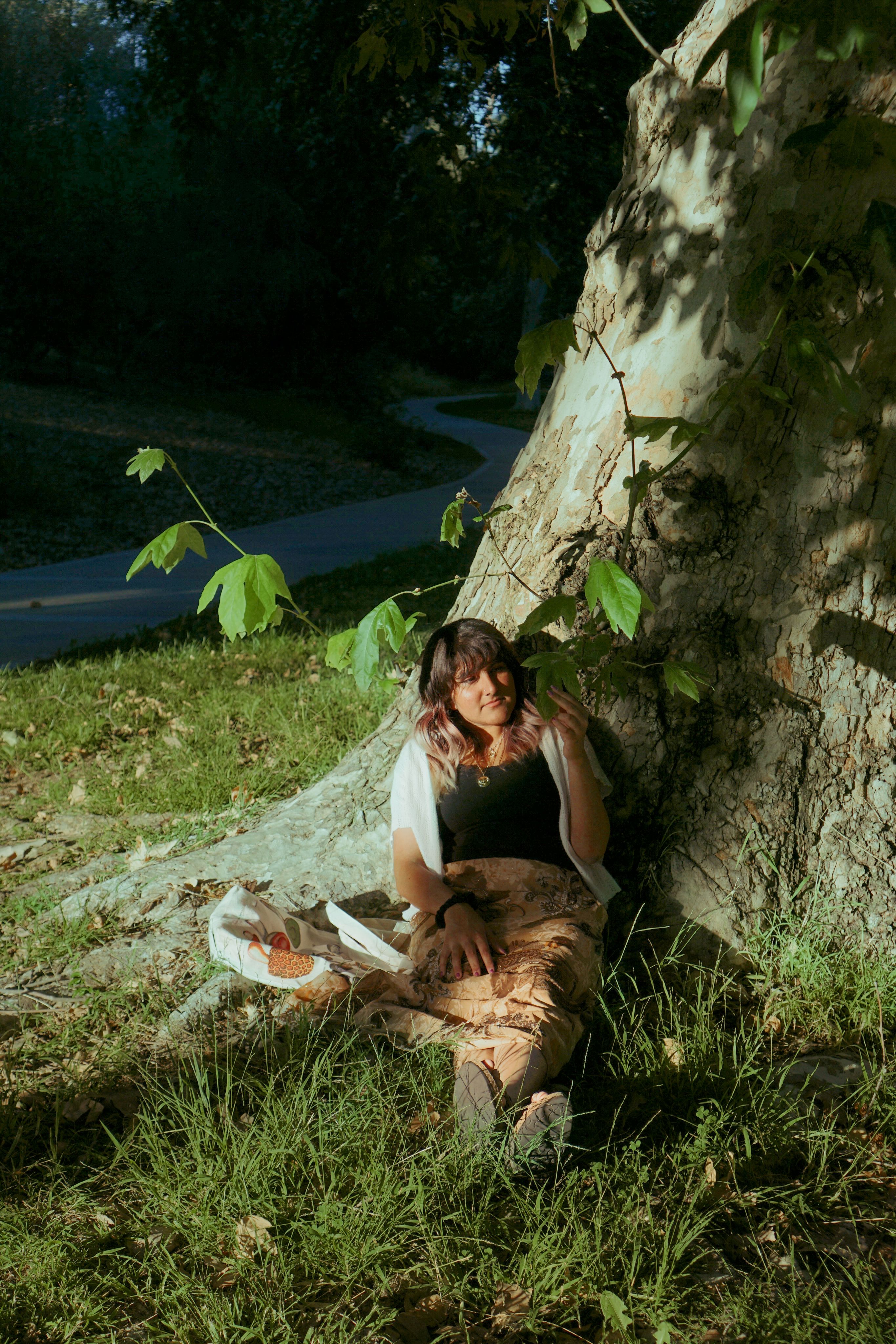
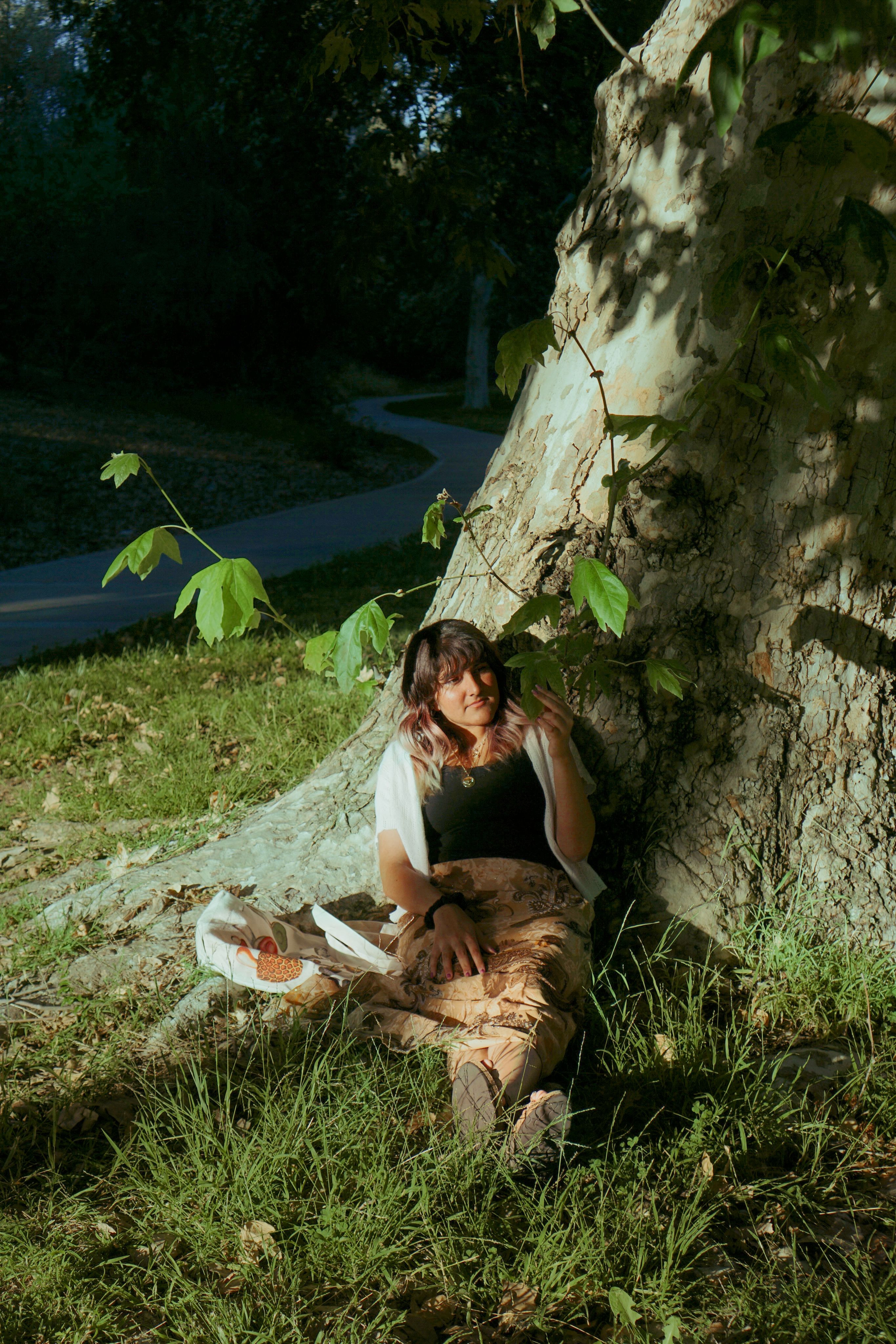
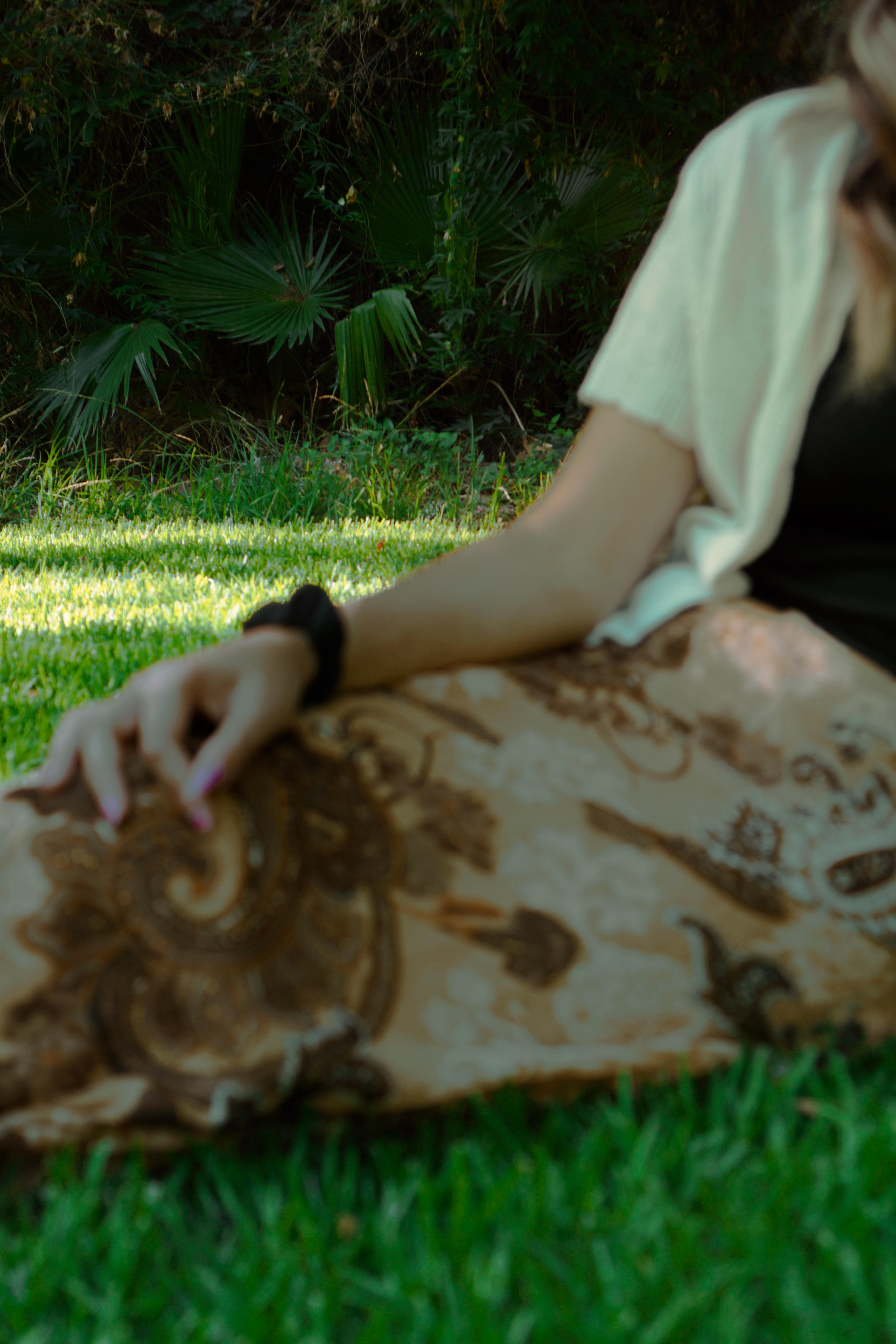
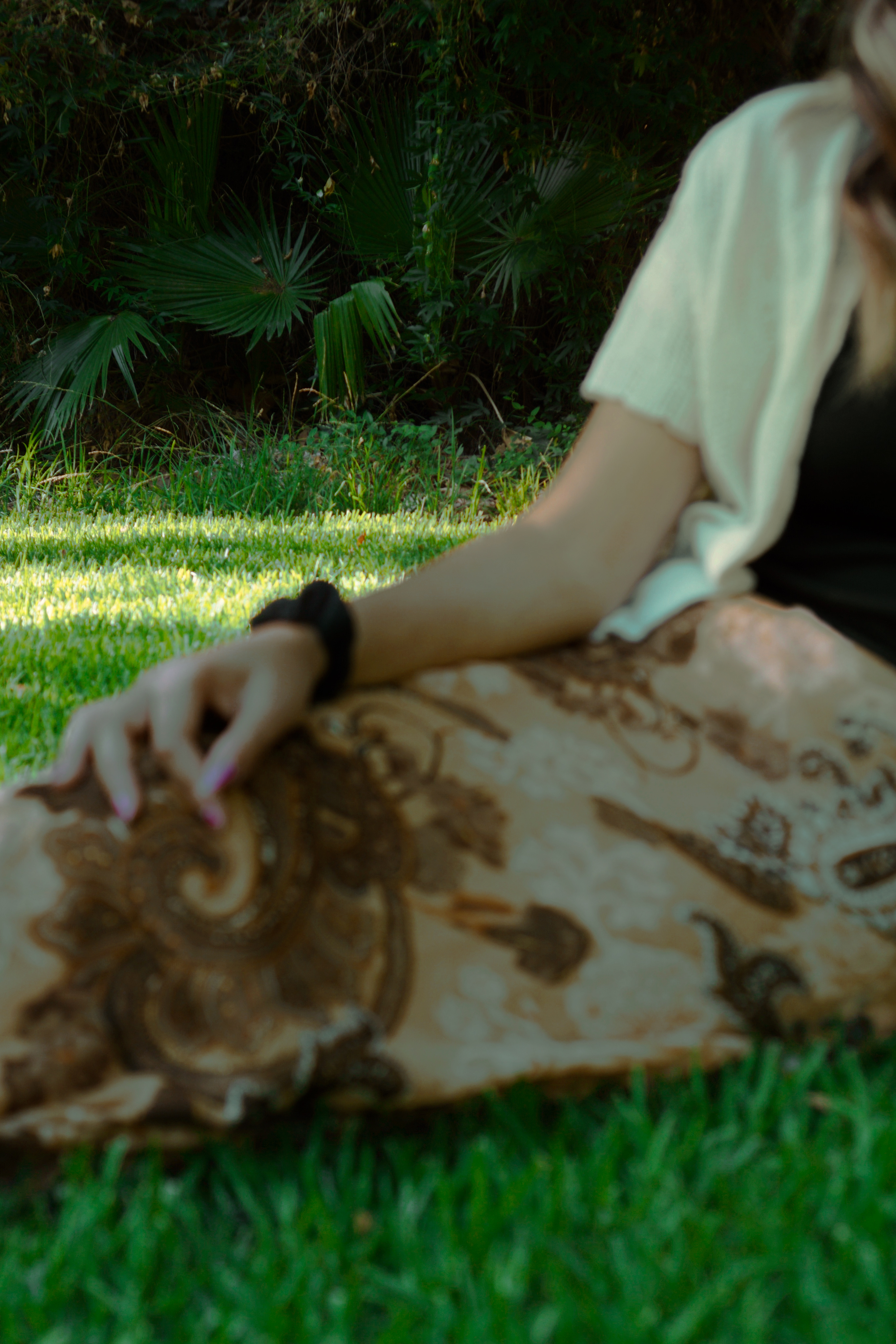
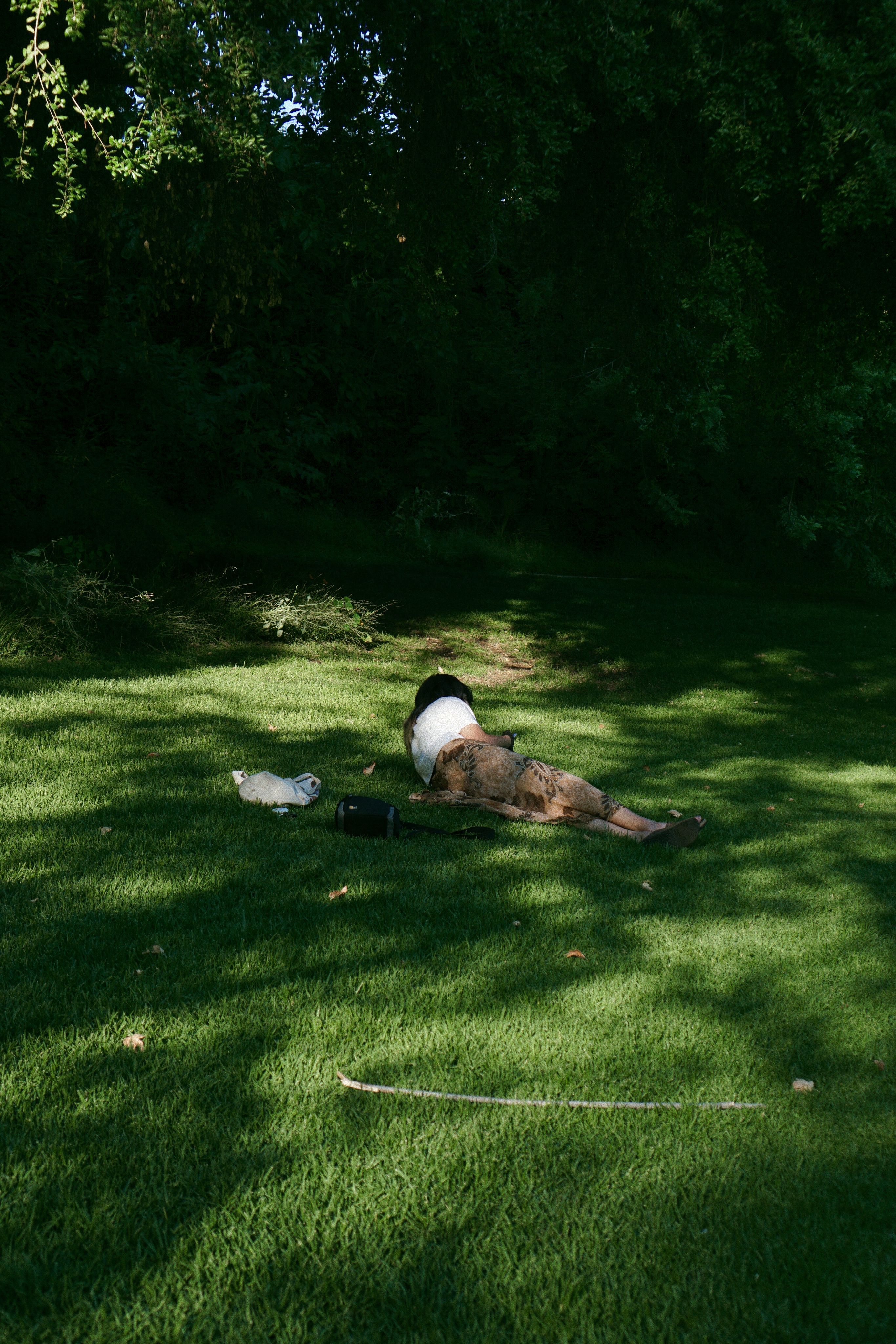
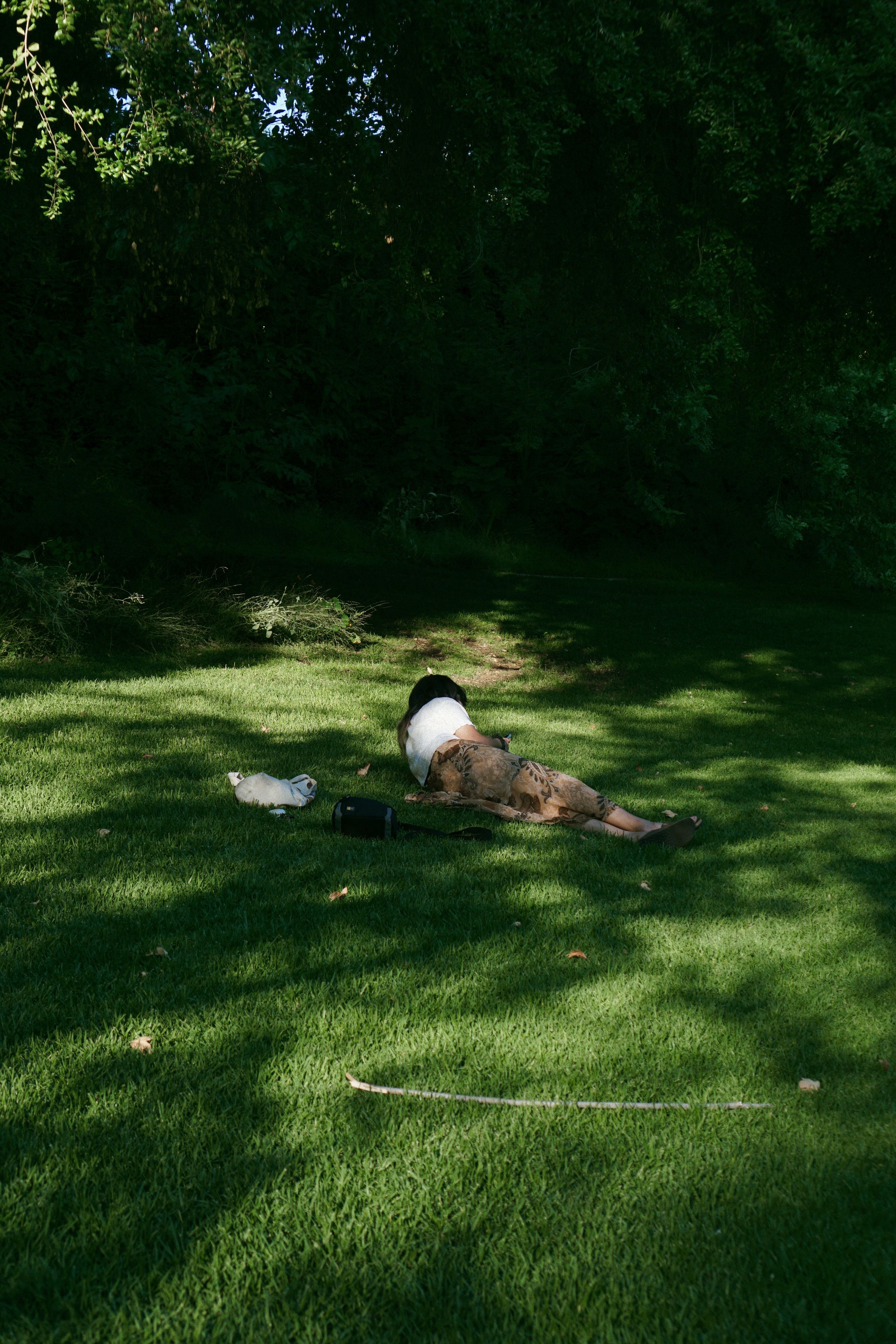
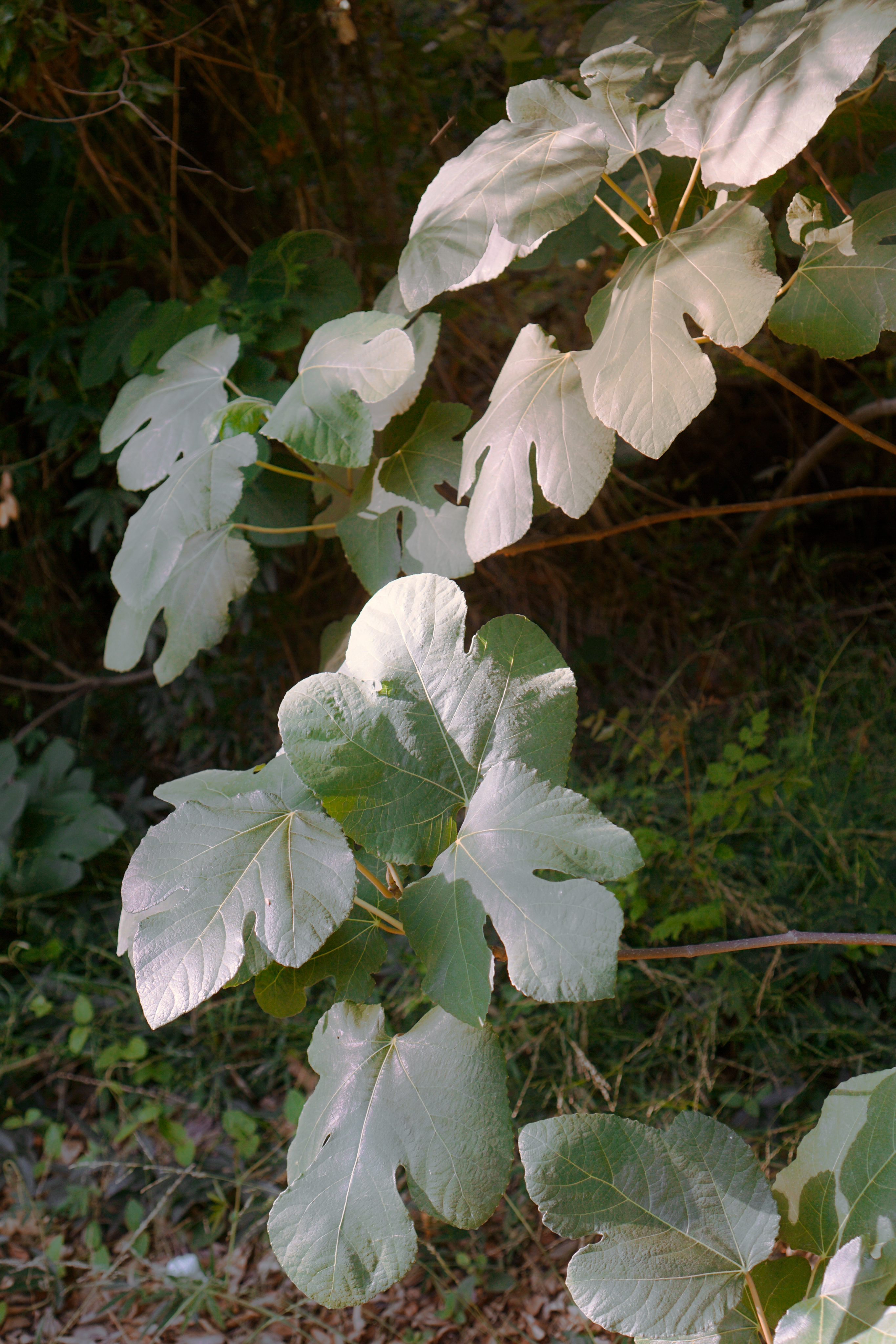
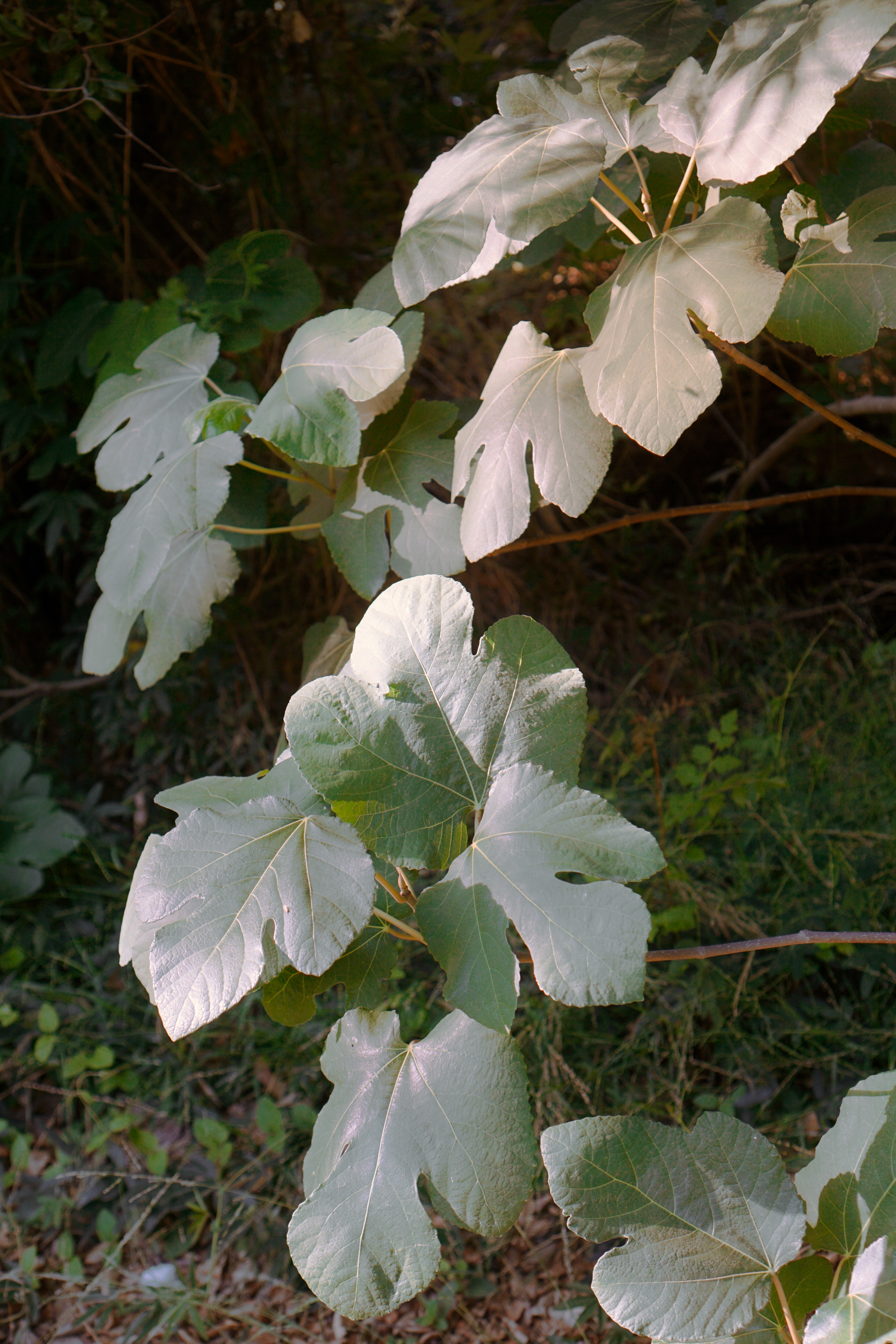
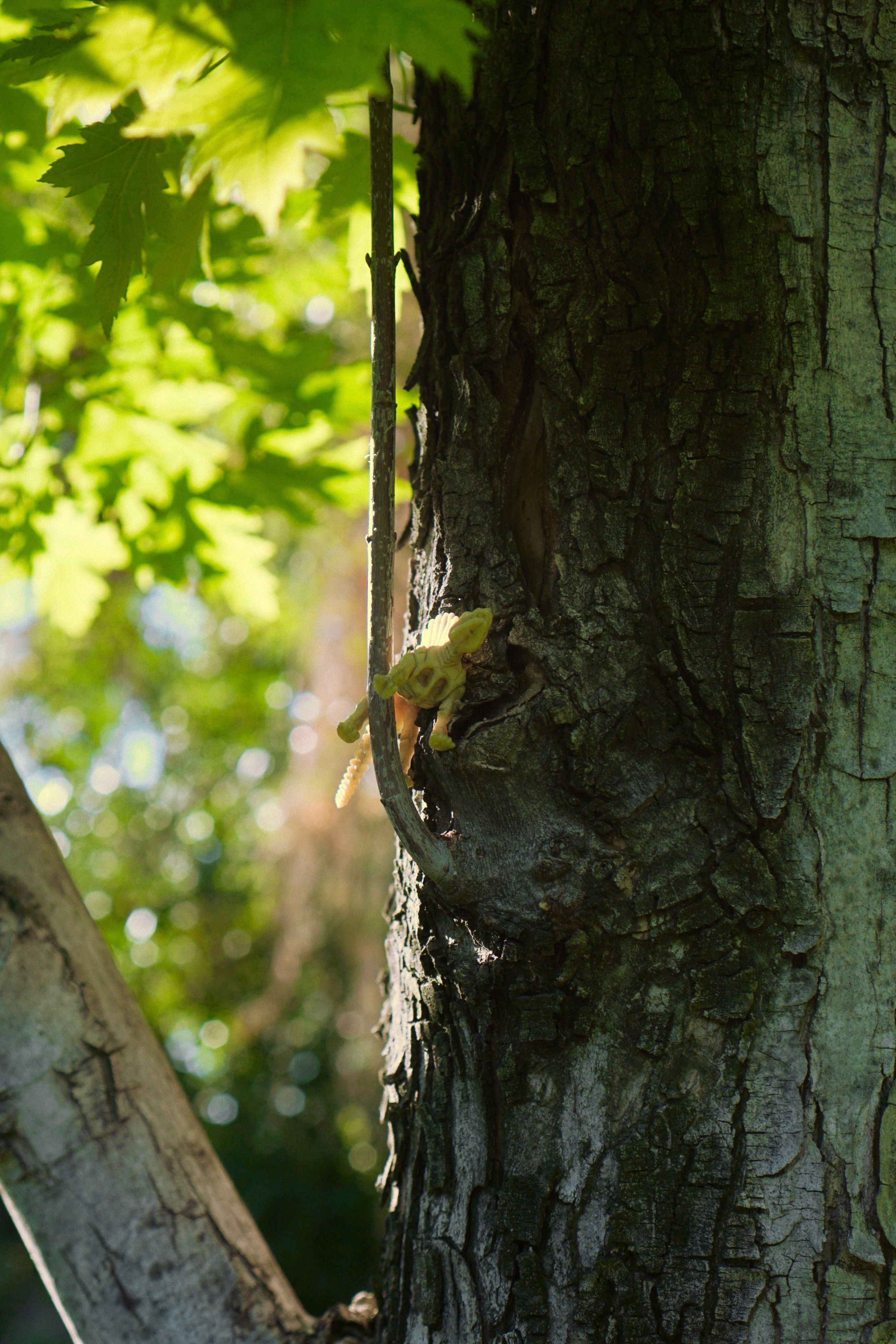
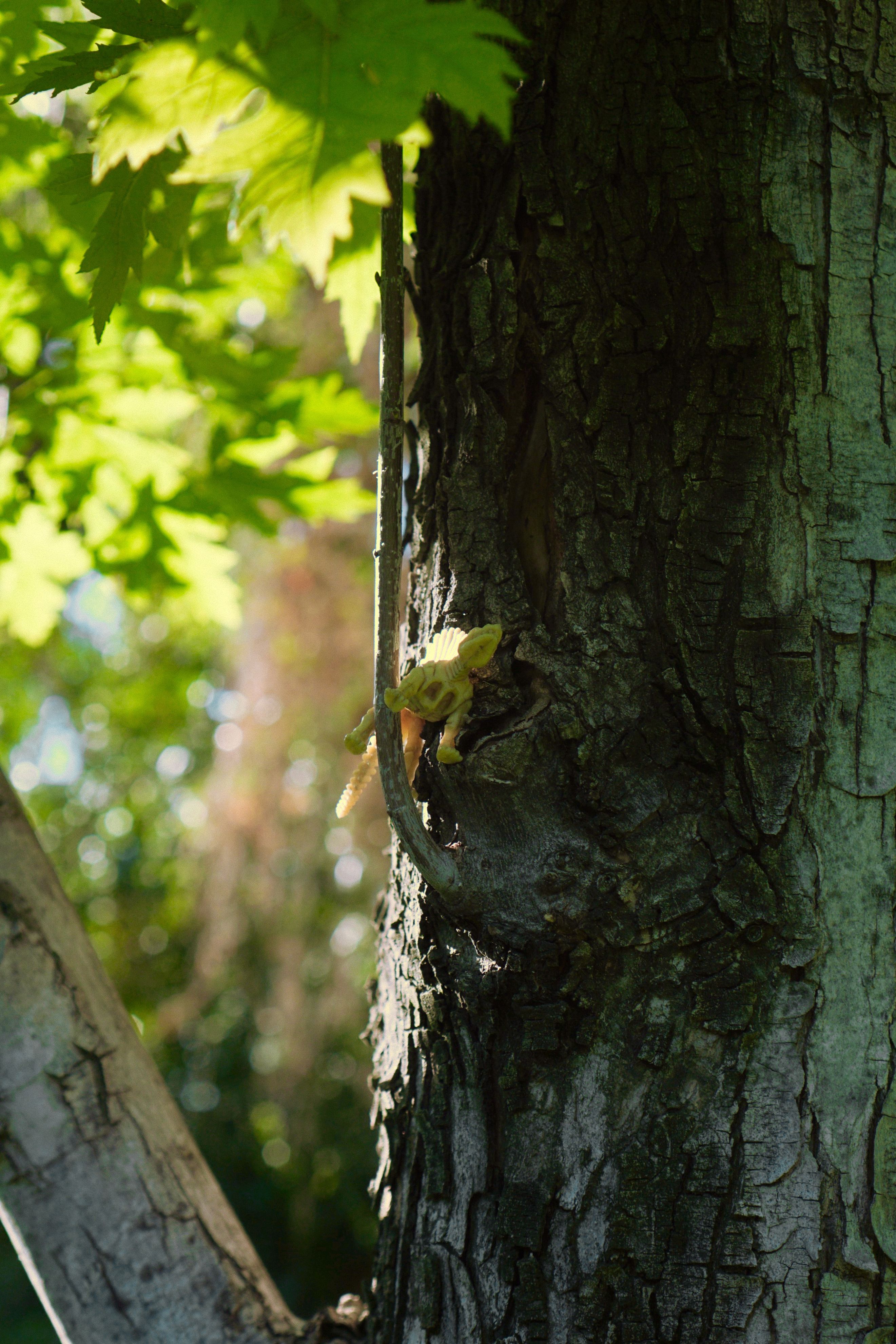
⁴ The images were taken in short, quick bursts at a time while I simultaneously teetered my body around the subject. When editing the photos, I kept in mind that the goal of the project was to recreate stills from distant memories and thus effectively memorialize them. The tones I introduce to the images are warm and inviting, with the vegetation appearing lush and vibrant in contrast to the grounding, earthy tones emitted by the wooden structures, stems, and skirt worn by the model. In most shots, the sunlight leaks through the treetops and casts shadows that can only be faintly remembered as cool relief from the heat, creating pleasant, flecked patterns across the grass. After editing, I realized that I no longer wanted to recreate an Instagram-style boomerang animation as a modern tribute to the stereoscopic technique, but rather desired to employ the three-dimensional immersion and tangibility the original stereoscope offered into my project theme. To do this, I chose two frames that were pixels apart in composition and ensured the 3D effect by placing each image side-by-side and physically crossing my eyes.
⁵ The lenticular stereoscope was a simple viewing device introduced in the early 1800s by David Brewster, with its wooden appearance holding striking similarities to the modern-day Oculus Quest. It contains two medium-sized openings for individuals’ right and left eyes when viewing stereographs, which are prints featuring two identical photographs with minute differences in composition. Although each image appears flat when perceived separately, the alignment of the photograph with its corresponding stereoscope opening causes the viewer to merge the two side-by-side images into one image, thus creating the illusion of depth or three-dimensionality. Stereoscopes were initially popularized for its immersive properties and often catered to travelers and entertainment consumption, as viewers were able to visually “transport” themselves into the depicted environments rather than observing it like a traditional photograph. A few years following its development, however, stereoscopes were commonly embraced in educational settings and acted as viewing devices for the documented world including, but not limited to, animal, human, and geographical documentation. Over time, the stereographs’ favorability surpassed that of traditional paintings in education due to their objective and engaging nature, as well as their overall replication of reality. This idea of reality replication fascinated filmmakers and many attempted to bring stereoscopic technology into motion pictures, effectively introducing the predecessor for three-dimensional movies.
⁶ Today, stereoscopic technology remains apart of our culture, especially for entertainment purposes. From the mid-1900s to mid-2000s, the ViewMaster served as a modern-day stereoscope containing white discs with various images and using stereoscopic techniques to create depth in each photo. Each disc housed several photos and viewers could transition through them like a slideshow by pulling a lever that rotated the disc in the film holder. Once the individual completed viewing all the photos, the discs were popped out of the compartment and replaced with others consisting of a different photo series. As briefly referenced much earlier, it’s no coincidence that there are striking similarities between the Oculus Quest, as well as similar virtual reality headsets, and the stereoscope, not only in build structure, but also in their purposes.
⁷ In its very principle, virtual reality is attempting to transform the way humans consume media by creating deep immersion in gamified environments and give individuals the ability to experience the simulated world. The core ideas supported by virtual reality encapsulate advancements that stereoscopic innovators hoped to achieve within their lifetimes, including the abandonment of using human vision to create subjective replications of the world. Through virtual reality, limitations regarding the content being brought to the user do not exist. From Google’s mission to further accessibility in knowledge and experience through virtual spaces, to Facebook’s introduction to integrating art into workplace settings (2017), access to virtual reality makes it all possible. Perhaps, soon enough, the photos I capture will be more tangible than just a memory.
